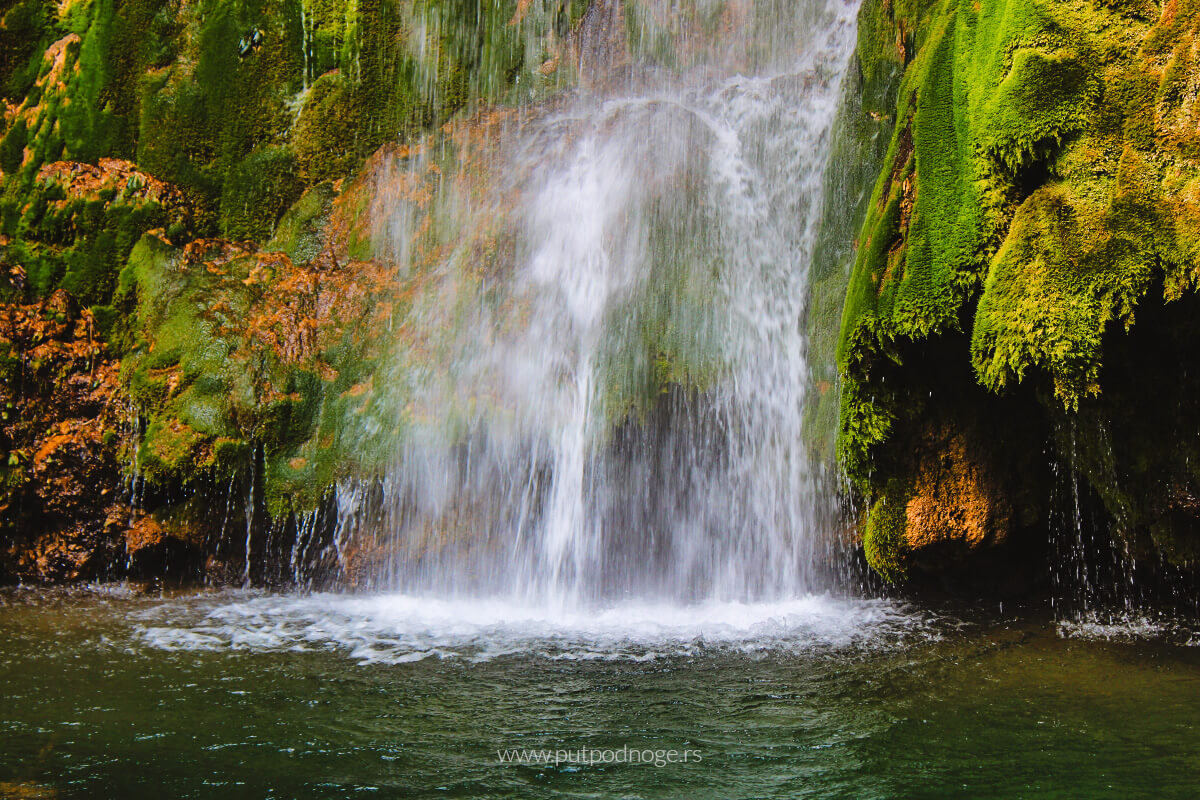
Lisine and the Veliki Buk Waterfall
Through a spring hiking tour to the Veliki Buk Waterfall, I decided to explore one of the most beautiful natural destinations in eastern Serbia. Passing through forest trails, I encounter crystal-clear water, numerous cascades, and traces of old mills, now transformed into restaurants where fresh trout is served. During the tour, which took me along the Vrelo stream, I had the opportunity to feel the power of nature at every step, all within the peaceful surroundings of the Beljanica mountain region.
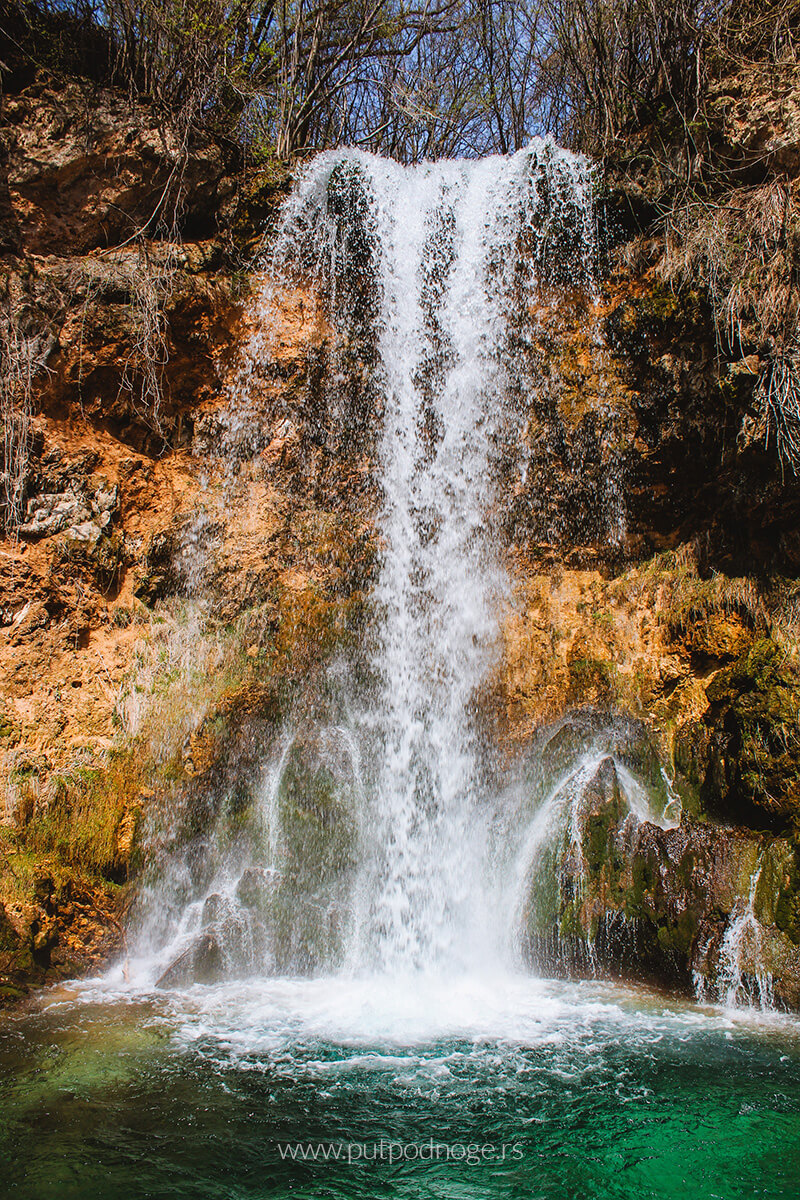
Veliki Buk Waterfall
The Veliki Buk Waterfall is located in the eastern part of Serbia, on the slopes of the Beljanica mountain. This natural gem lies on the Vrelo stream, which is a right tributary of the Resava River. With a height of about 25 meters (although a new competitor was discovered in the 1990s on Stara Planina), Lisine was long considered the highest waterfall in the country. Today, this waterfall, along with the Veliko Vrelo spring, has been declared a protected area and a natural monument, classified under the IUCN III protection category.
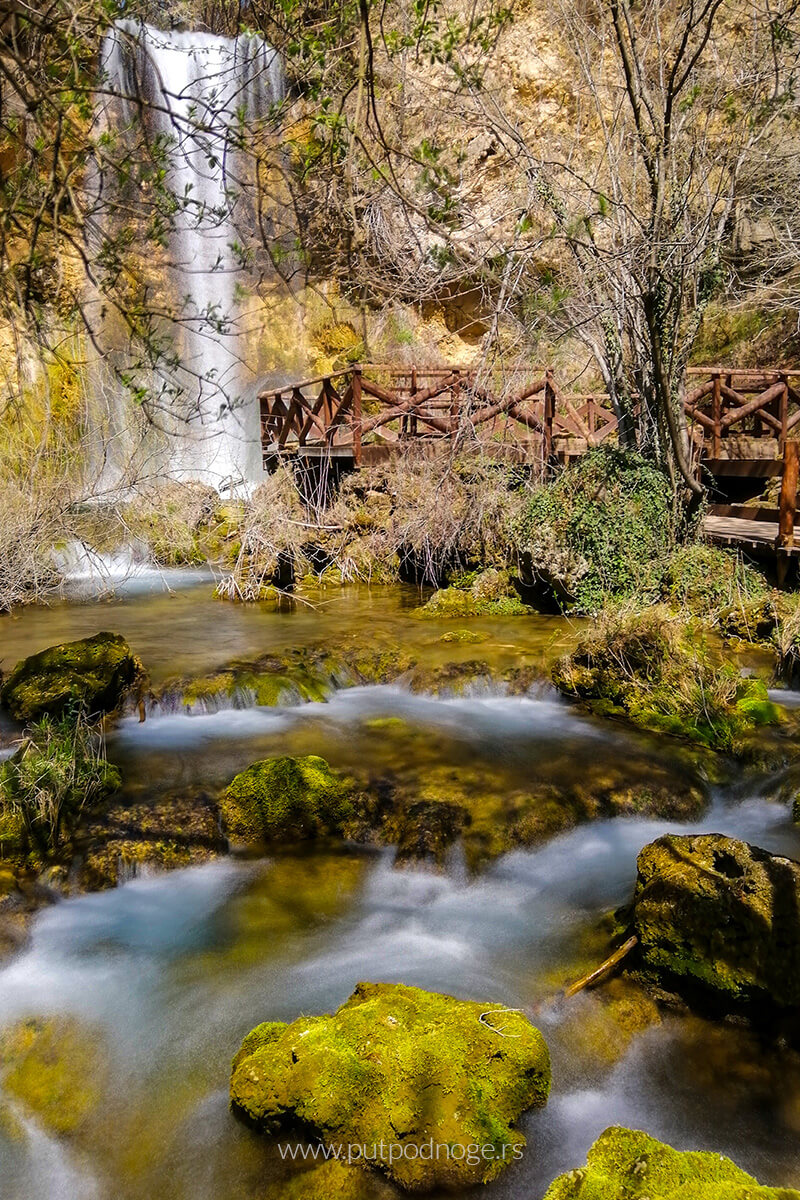
Characteristics of the Waterfall
The Veliki Buk Waterfall is an accumulation-type waterfall formed by the accumulation of travertine. At the base of the waterfall, a shallow lake has formed, surrounded by travertine blocks, which is known as the Zeleni Vir (Green Whirlpool). This pool is only 5 meters deep, but its beauty and crystal-clear water make it irresistible. The Vrelo stream, which collects water from the karst areas of Beljanica, has a direct hydrographic connection with the ponor rivers from surrounding valleys, such as Rečka and Busovata. The volume of water falling down the waterfall varies, and during periods of heavy rainfall, it can reach up to 10m³ per second.
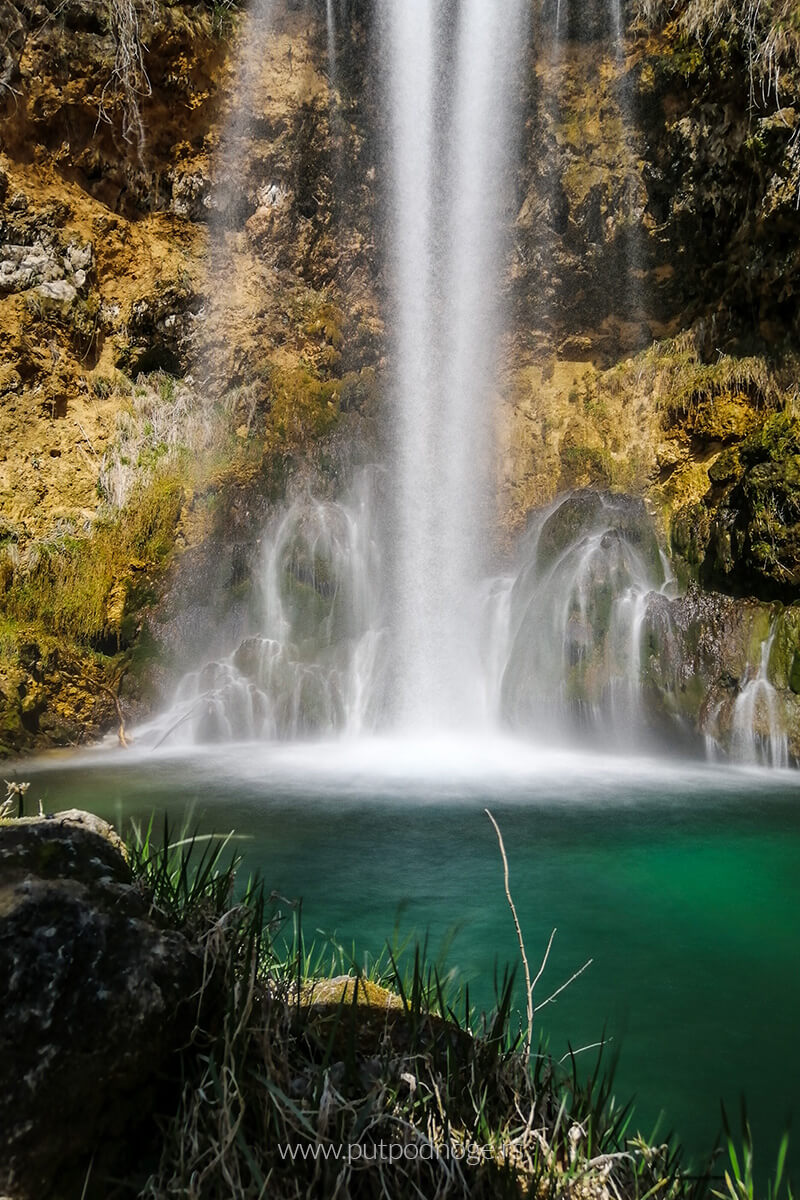
Although the exact height of the waterfall is not always clearly defined, literature mentions a height between 20 and 25 meters. Despite this, it remains one of the most beautiful and well-known waterfalls in the country. During the visit, you can notice numerous cascades, small bridges, and along the river, you will encounter old mills, now converted into restaurants where fresh trout is served.
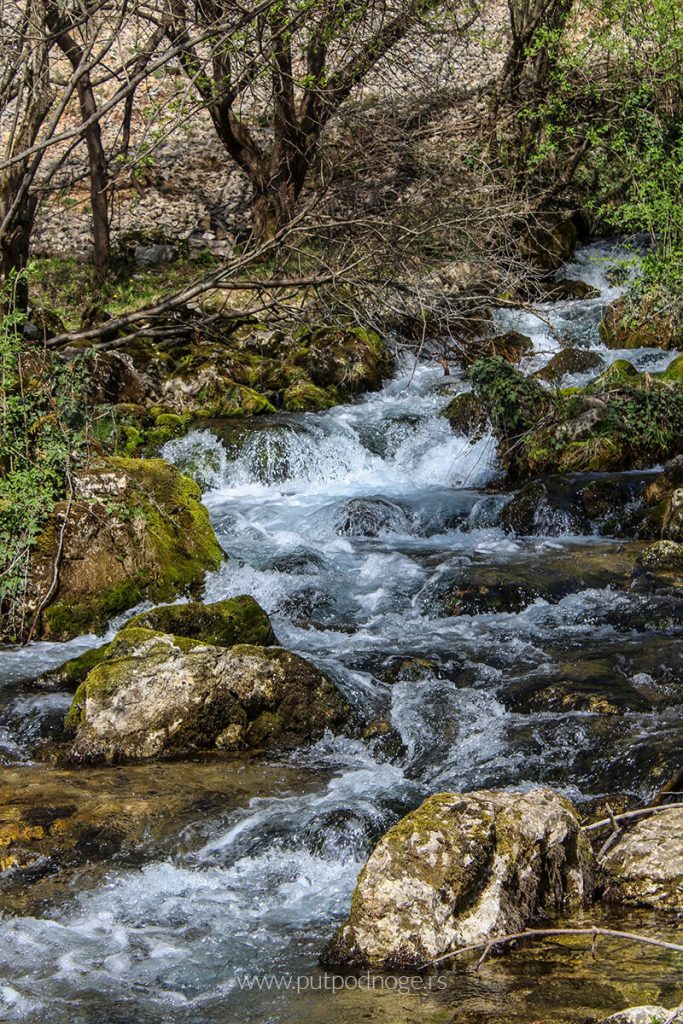
The Place Where Fairies and Dragons Dwell
While enjoying the sight and the soothing sound of the flowing water, can you imagine fairies and dragons around the water? I can, and I have no doubt that this kind of nature has inspired people to tell stories about it and attribute magical properties to it, as well as to firmly believe that it is the home of supernatural beings.
The eastern part of our country is tied to numerous stories about magical creatures, so it was worth investigating this matter. An incredible discovery! Who would have thought that a dragon originated from a carp? Yes, a carp!
Of course, the story of mythical creatures in our region is so complex that it cannot be simply retold, so this is just a brief version. According to the stories, a dragon can originate from different animals, and in some cases, it can take the form of a human, while in other instances, it is depicted as light. They were generally considered positive beings and masters of atmospheric phenomena. Thus, every village could have its dragon, who would defend its territory from misfortune and bring prosperity to the village. According to some stories, a dragon would be born from a carp when it reaches a certain age (about 200 years). Then, the dragon emerges from the river, grows wings, and as it flies away, the sparks flying resemble scales. The dragon typically lives near water, often in an old tree.
But dragons were also believed to sometimes forget their duties as protectors of villages, especially when they transformed into a beautiful man who would “visit” a woman in the village. First, he would appear in her dreams, and then he would descend through the chimney each evening in the form of light, and it was difficult to banish him.
Since the dragon was considered good and a protector, it is no surprise that dragon-like heroes appeared, especially in post-Nemanjić era, when the greatest danger came from the Ottoman Empire, and the people could only believe that such a hero could defend them. For example, the grandson of Đurađ Branković in a folk song was given the nickname “Zmaj Ognjeni” (Fire Dragon) after his great heroism in fighting the Turks. Similarly, the hero of the First Serbian Uprising, Stojan Čupić, was called Zmaj od Noćaja (Dragon of Noćaj) after his victory over the Turks in the Kitog Forest in Mačva.
Where there are dragons, there are also fairies. It is said that the fairies bathe in these waters and that one should not disturb them while they are bathing. There are many stories about fairies, and they vary from region to region in Serbia, as they can inhabit mountains, rivers, lakes, and forests. There are also many beliefs about how fairies are born, such as from dew, plants, or by curling into leaves and growing on trees. In any case, they are usually described as beautiful beings whose affection for humans is dual. In this region, it is said that one should not visit the springs as fairies bathe there, and if you disturb them, who knows what they may do if they enchant you.
There are many stories, and I am still discovering and reading them. I sincerely recommend reading more about magical beings in our culture because you will find incredible stories. I suggest starting with the Glossary of Serbian Culture on this website: http://www.pojmovnik.etno-institut.co.rs/.
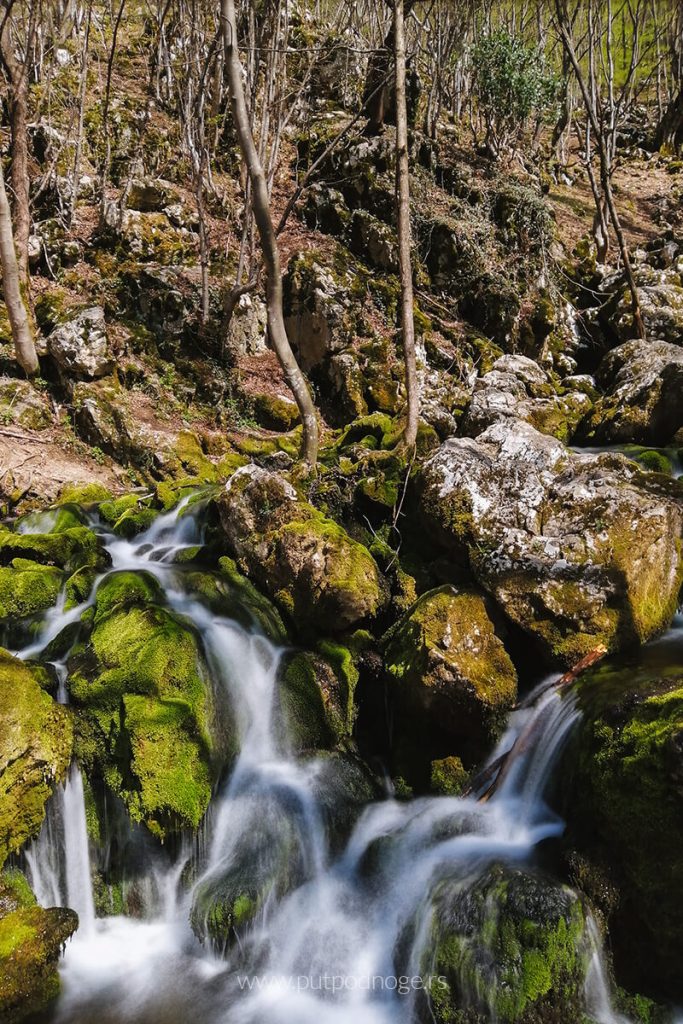
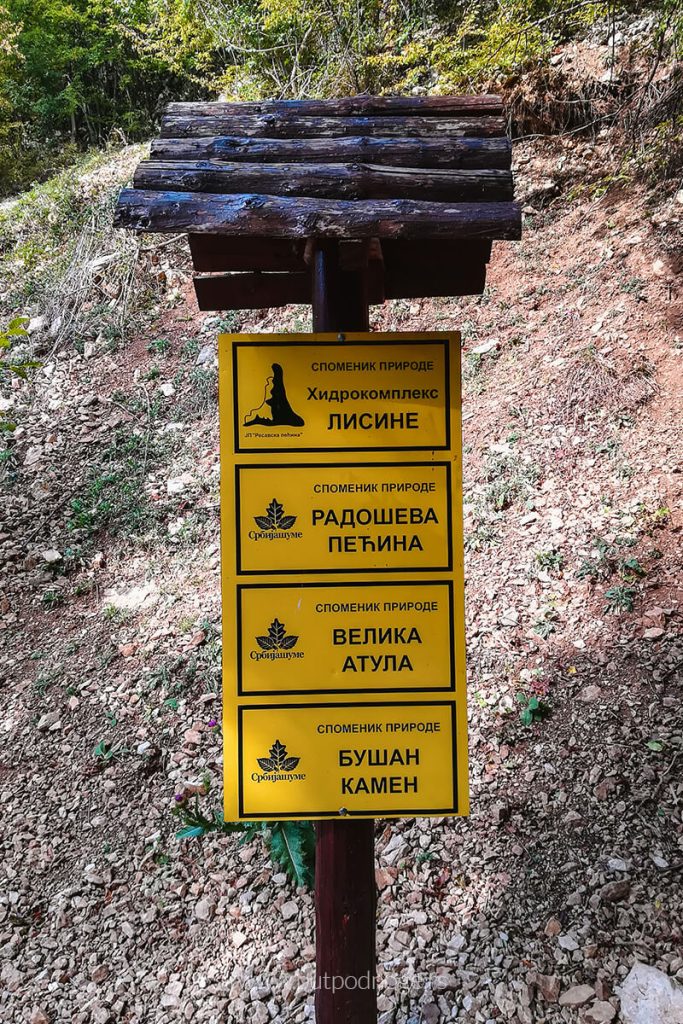
How to Get to the Veliki Buk Waterfall and Lisine
You can reach Lisine from Belgrade in about 2.5 hours by car. Starting from the E75 highway, you need to turn towards Despotovac, and then continue along the road towards the village of Jelovac. The waterfall is about 20 km from Despotovac and just a few kilometers from Resava Cave. The road is mostly paved and well-marked, and during the drive, you can enjoy the beautiful landscapes of karst areas and the proximity of Beljanica.
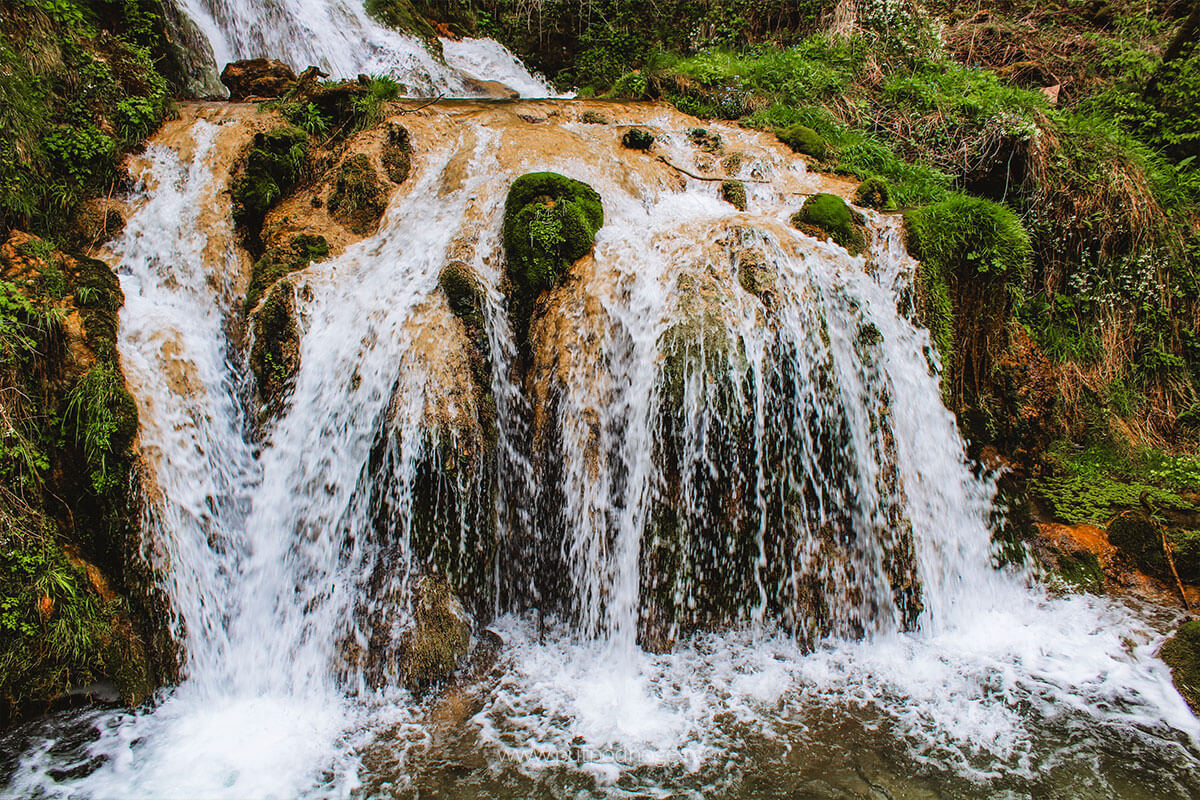
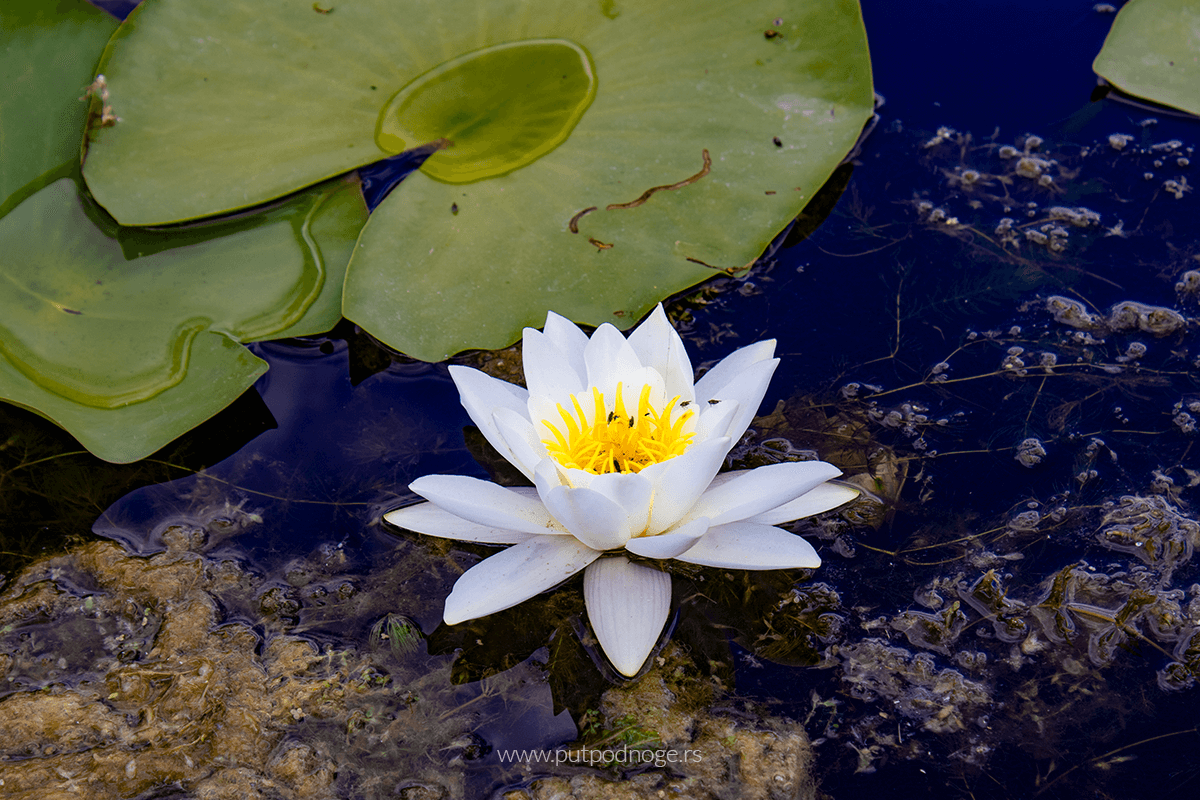
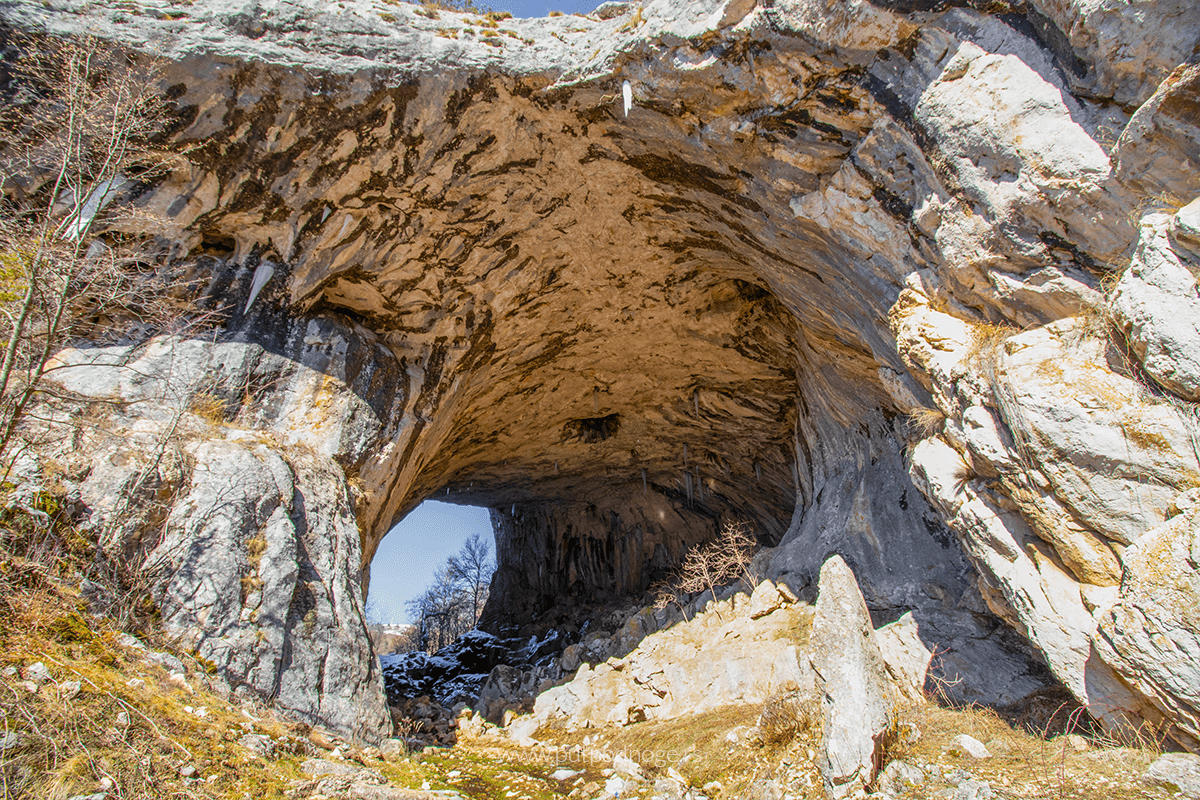
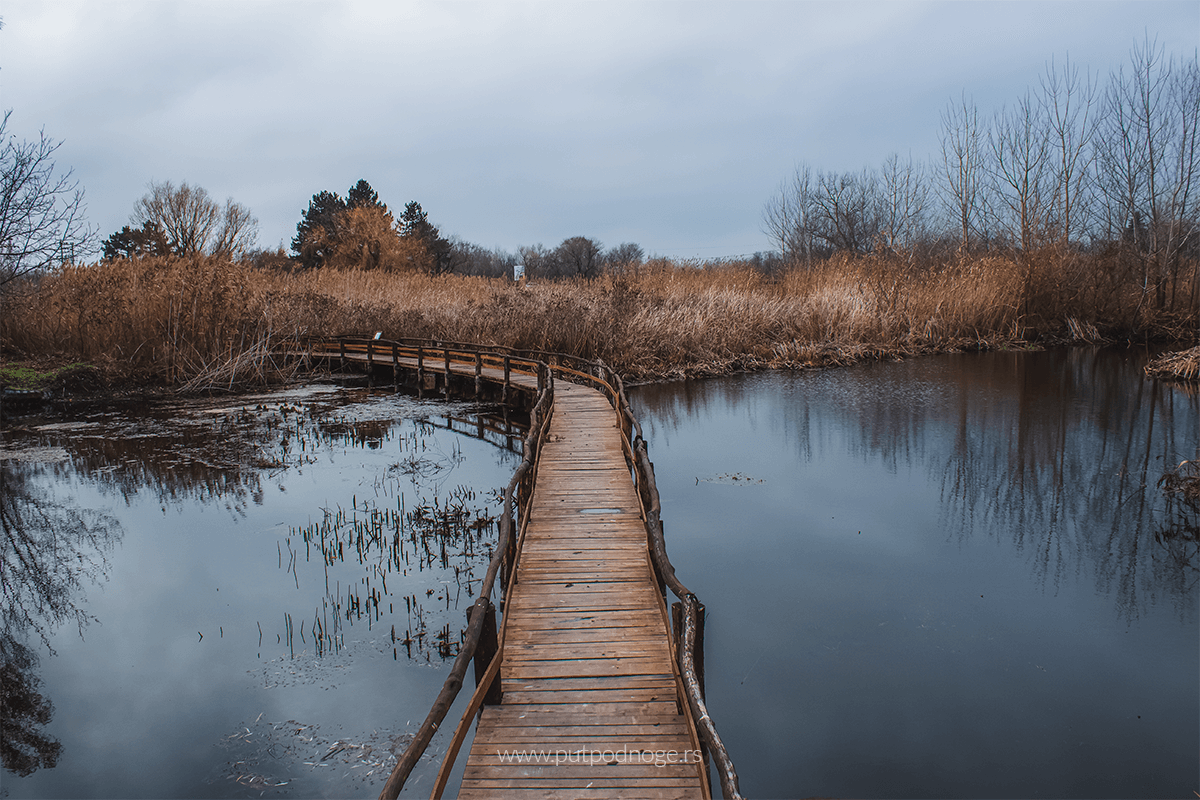
Leave a Reply